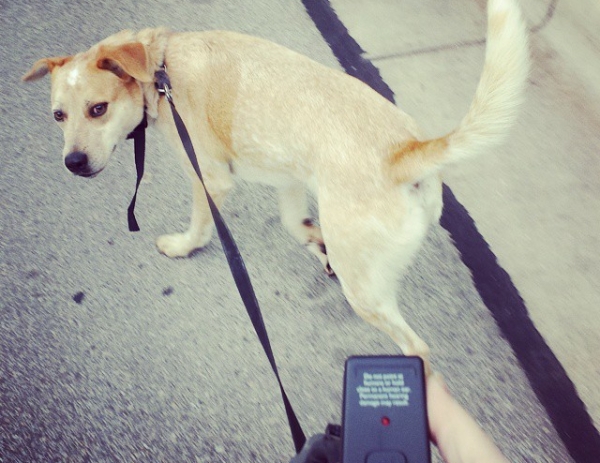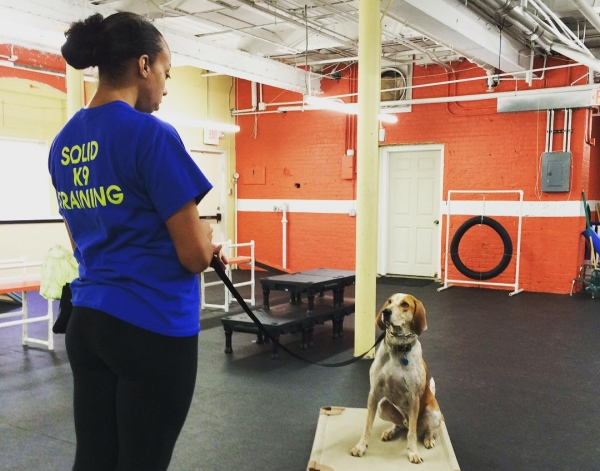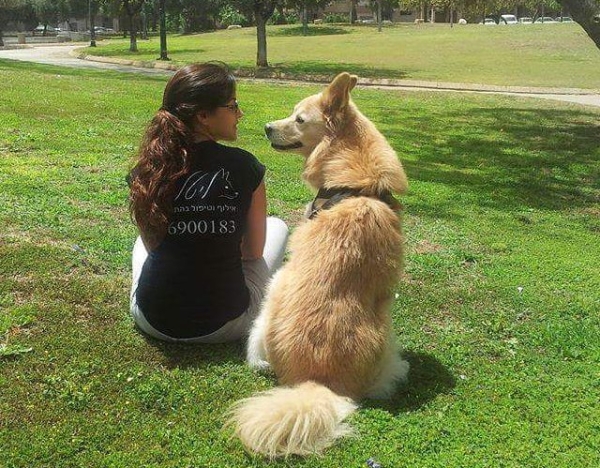Shock collars are used to train dogs to stay in or out of a certain area, as in electric fencing; or to dissuade them from certain unwanted behaviors. Shock training can be a very hot topic within the dog community. Many swear by its efficacy, while others denounce it as cruel and abusive.
Proponents of shock collars say that the jolt the dog receives from a collar is not painful at all. It merely grabs their attention so that a behavioral correction can be made. Those who oppose their use feel that the shock can be very painful, and is actually counterproductive to training because of the additional anxiety to the dog.
When it comes to your dogs, the way you train them is your choice to make. So to help you decide, here is the good, the bad, and the ugly on shock collars.
The Good:
Speed of training
Because the shock is something that your dog has never experienced before, he will likely learn very quickly that a jolt means he should stop what he’s doing and look to you for instruction. In theory, he will quickly come to associate the warning beep or vibration that comes before a shock with the unwanted behavior you are trying to correct.
The Intensity Can Be Controlled
Modern shock collars have several settings for controlling the jolt that your dog receives. In the early phases of training you should learn how strong of a shock is required to get your dog to stop what he’s doing and focus. After that, the intensity can be lowered or even turned off in favor of a warning beep or vibration only.
You Don’t Have To Be Present For The Collar To Do Its Job
Shock collars that work in association with electric fencing are designed to function even when you aren’t around. If the dog gets too close to the boundary in the yard, he will get the initial warning signal. A shock will only be administered if he continues heading towards and past the boundary. Remember, though, a shock collar may keep your dog from leaving the yard, but it will not stop humans or other animals from entering.
Shock Collars Are Relatively Inexpensive
Hiring a dog trainer or behaviorist can be a large expense for some people. On the other hand, shock collars can be as cheap as $25 depending on features such as range of use, remote control, and levels of adjustability. Electric fencing units can start as little as $200 if you install them yourself.
The Bad:
You May Be Causing Your Dog Pain
For many of us, the idea of purposely inflicting pain on our dogs is outrageous when there are so many positive reinforcement training techniques available. For others, a small shock to ensure their pet’s safety is worth it. It all comes down to a personal choice.
You Are Not A Dog Trainer
While it is perfectly acceptable for dog owners to take on the challenge of training rather than hiring a professional, there can be danger in inexperience. Professional trainers who use shock collars know the apparatus inside and out. They know just how much jolt to use and when for maximum efficacy. The average dog owner will likely misuse the collar in one way or another due to lack of experience. This can mean additional shocks and confusion for the dog.
Shock Collars Simply Aren’t The Answer For Every Dog
Some dogs are more timid and fearful than others. Some may even have pre-existing fears and anxieties that would make the use of a shock collar counterproductive. The last thing you want to do is to accidentally reinforce fear in your dog. Most dogs who bite do so out of fear, not aggression. It is important to be able to recognize whether a certain training method may do more harm than good.
There Is No Positive Reinforcement Or Chance To Bond
A shock collar may do the trick of ending an unwanted behavior in your dog, but it will have done so in a negative way. The training process is an excellent time for dog and owner to bond and build trust. Positive training with a verbal reward or treat can do wonders for a dog’s confidence, while shock collar training may teach your dog to fear or distrust you.
The Ugly:
Your Dog May Associate The Shock With Something Besides His Behavior
A study conducted by Richard Polsky found that if the shock is poorly timed or inconsistent, your dog may make an incorrect association with the correction. For example, he may come to fear your presence since the shock has always come when you were present. Or, he may refuse to go into the yard, associating it with the shocks he was given when being trained to stay in a certain area.
Shock Collars May Actually Cause Aggressive Behavior
Polsky’s major finding and greatest cause for concern was the tendency of some dogs to react aggressively to shock training. The anxiety caused by the collar can lead to misplaced aggression towards people, other dogs, etc. Some dogs will attack any person or animal who comes close to the barrier of the electric fence.
Dogs Who Are Bold Enough To Test The Boundary May Escape And Be Injured Or Lost
Some hardheaded pups just refuse to fall in line with the whole electric fence thing. Even turned up to full intensity, the shock only lasts for the period of time it takes the dog to exit the boundary area. If your dog learns that all it takes is a brief moment of pain to achieve sweet freedom, the fence could be useless. Worse still, your dog could develop negative associations with your yard, and frequently attempt to escape.
The Collars Can Malfunction
No piece of technology is perfect. Although not common in modern collars, cases of dogs being continuously shocked for up to 12 seconds before the emergency override kicked in have been reported. A painful stimulus being applied for 12 seconds to a dog who has no idea what he’s being punished for can certainly be confusing and scary!




















